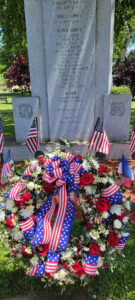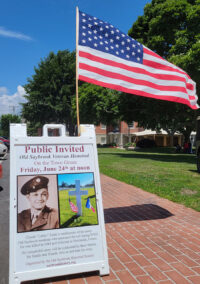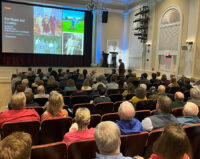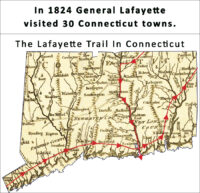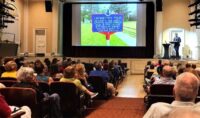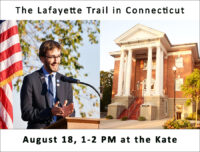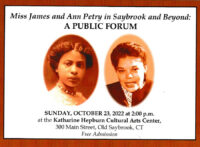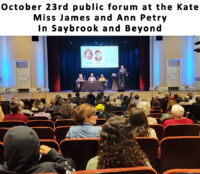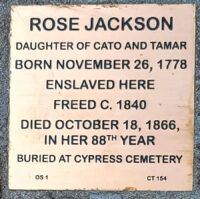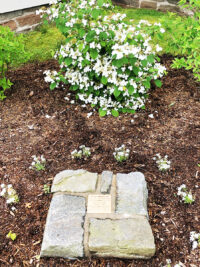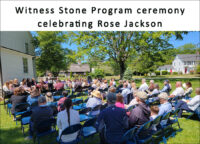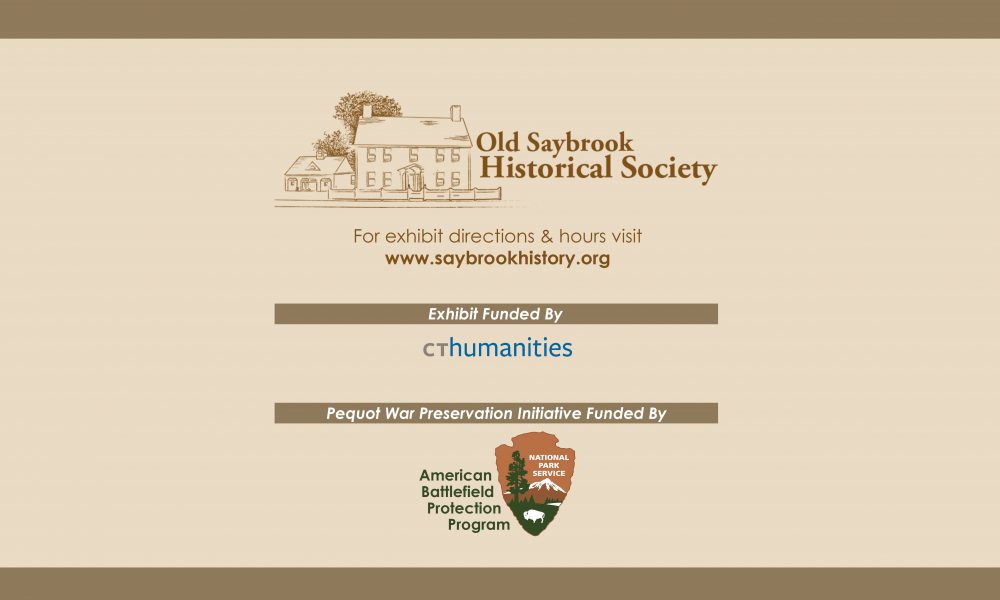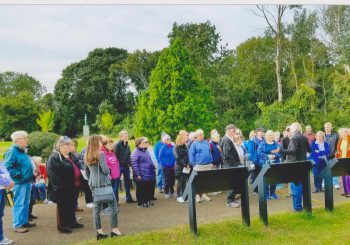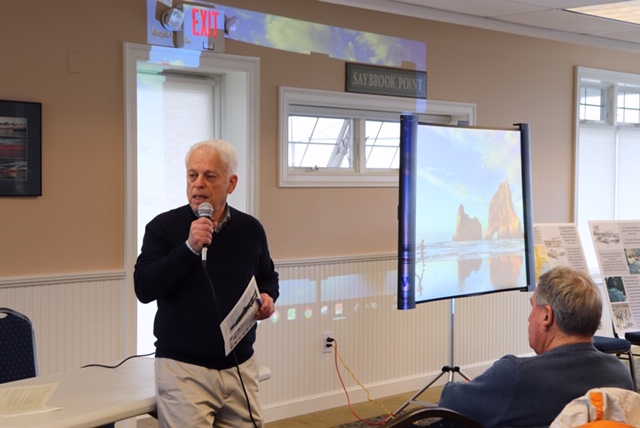
Community Projects
Honoring Veterans
Public Forums
On Sunday, June 1 st 2025, Brett Martin told the inspiring story of his commitment to remembering and honoring the veterans of World War II. A class assignment in college began his study of Old Saybrook’s Zanni family, a family Brett never knew. The main focus was Claude Zanni, who was killed and buried at the Normandy American Cemetery. This study became the basis for his book, For Home and Country: An American Family and the Second World War. After visiting Normandy twice, including last year for the 80th anniversary of D-Day, Brett shares their heroic story, his odyssey to the battlefields, and what we should remember about the war today.
This Kate lecture was given by Julien Icher, a French national, founder and president of The Lafayette Trail, Inc. He has given over 74 lectures about Lafayette’s 1824-25 Farewell Tour of the United States, educating the public about the national significance of Lafayette’s Tour.
The Witness Stones Project
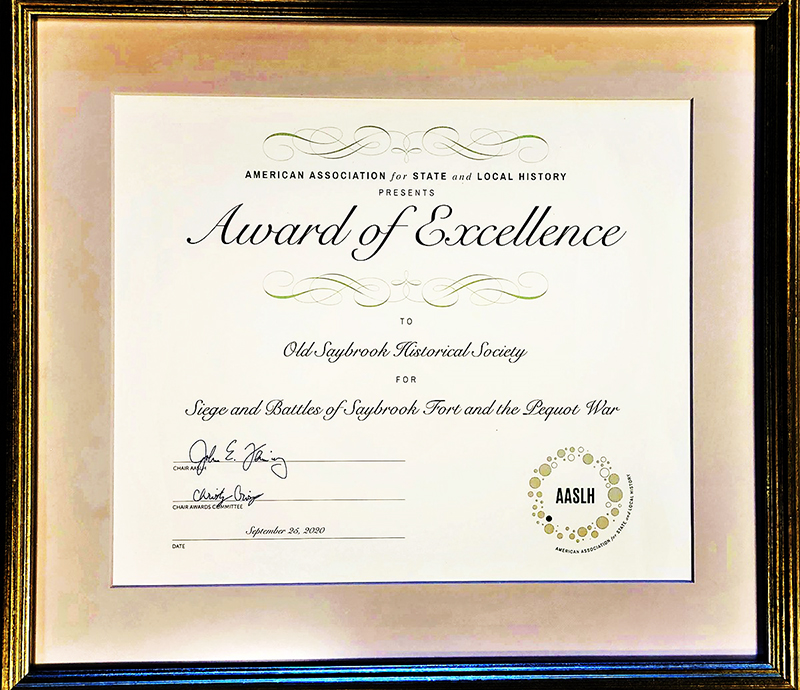
AASLH AWARD
THE OLD SAYBROOK HISTORICAL SOCIETY WAS AWARDED THE AMERICAN ASSOCIATION FOR STATE AND LOCAL HISTORY (AASLH) AWARD IN 2020.
This award is the most prestigious recognition for achievement in the preservation and interpretation of state and local history. The Historical Society was specifically recognized for their research and historic interpretation of the siege and battle of Saybrook Fort and the Pequot War.

Exciting New Publication
America’s first and most neglected war
THE SIEGE AND BATTLES OF SAYBROOK FORT AND THE PEQUOT WAR
Until now, we knew very little about the Fort and the sieges that occurred there. But here- based on years of archaeological and historical research—is this exciting story, until now, of America’s most neglected war.
Author James Powers has examined newly discovered documents and archaeological findings to tell this story in a concise, comprehensive and compelling way.
Battlefield Preservation News


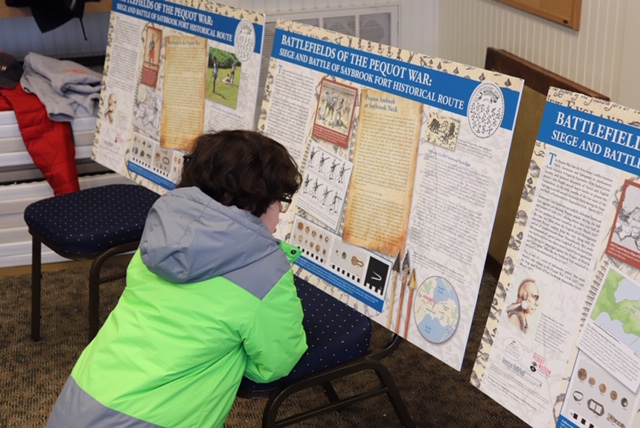
Siege and Battles of Saybrook Fort – May 12, 2019
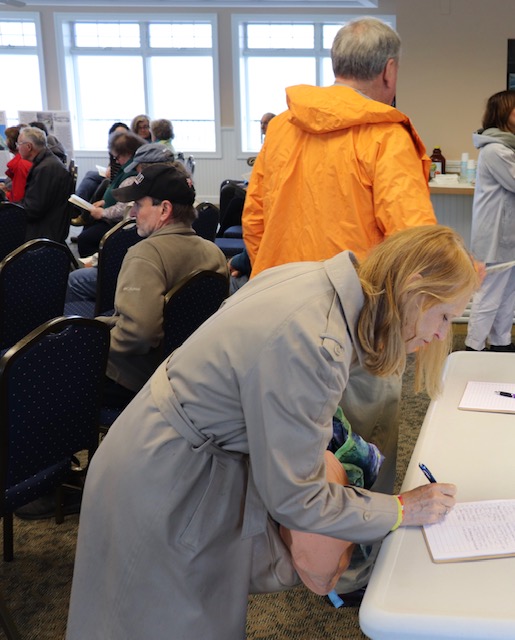
Siege and Battles of Saybrook Fort – May 12, 2019
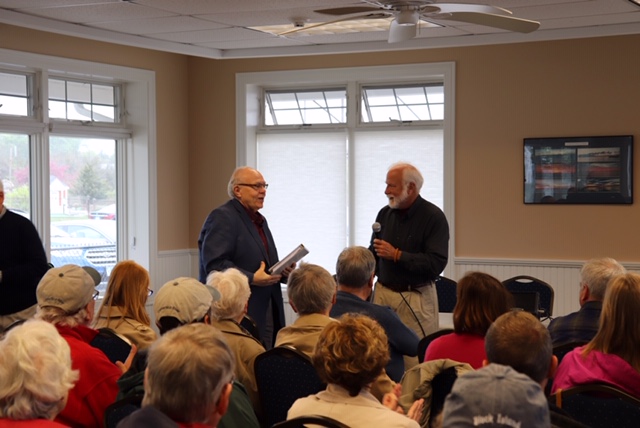
Siege and Battles of Saybrook Fort – May 12, 2019
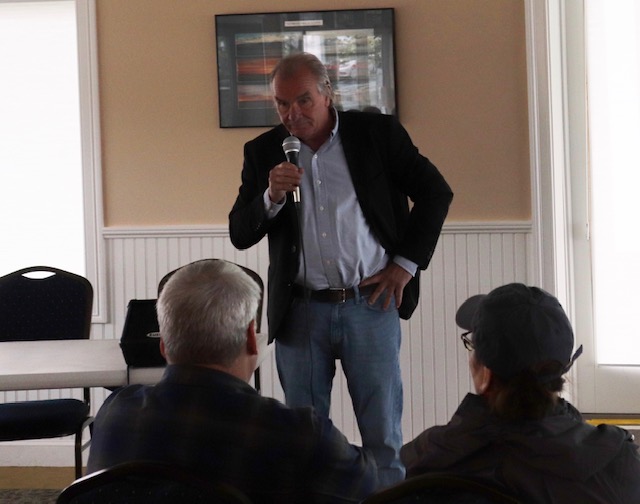
Siege and Battles of Saybrook Fort – May 12, 2019
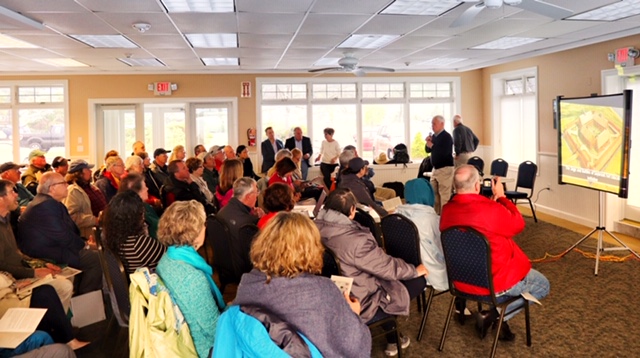
Siege and Battles of Saybrook Fort – May 12, 2019
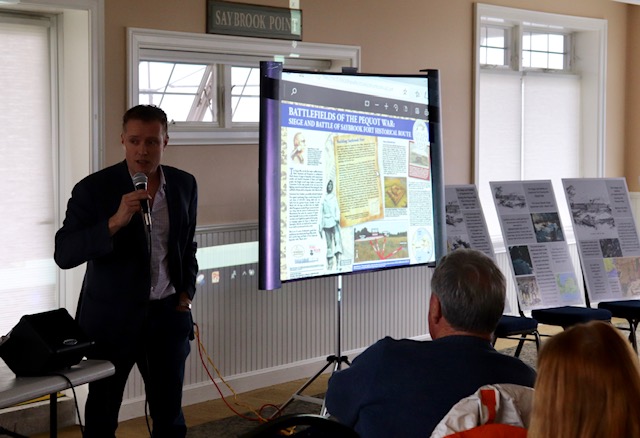
Siege and Battles of Saybrook Fort – May 12, 2019
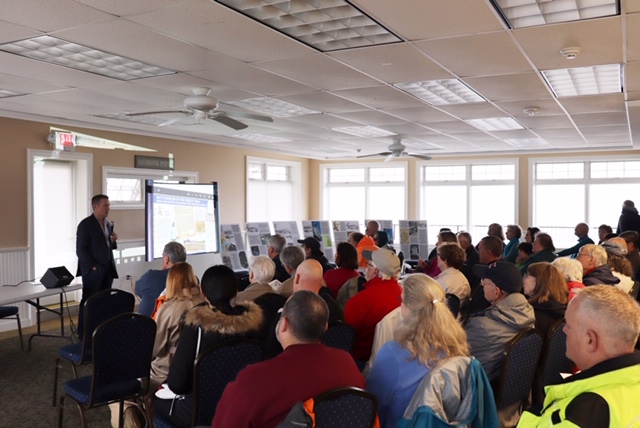
Siege and Battles of Saybrook Fort – May 12, 2019
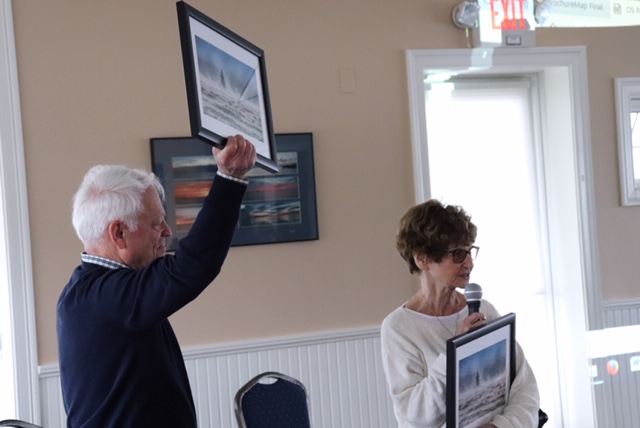
Siege and Battles of Saybrook Fort – May 12, 2019
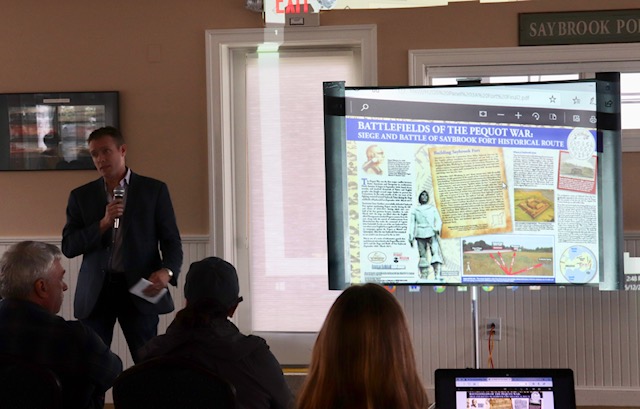
Siege and Battles of Saybrook Fort – May 12, 2019
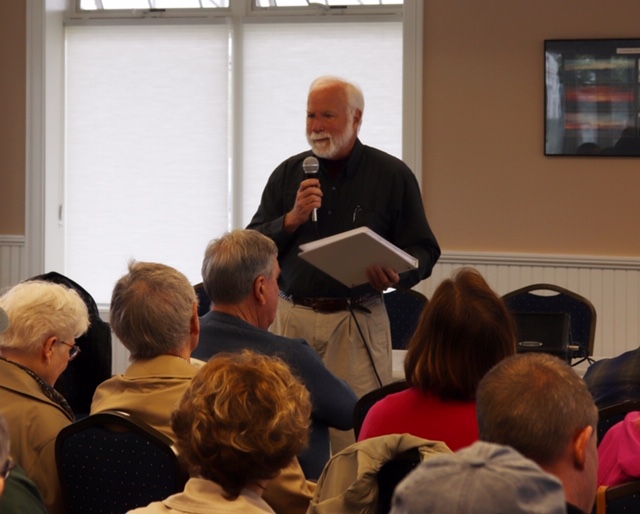
Siege and Battles of Saybrook Fort – May 12, 2019
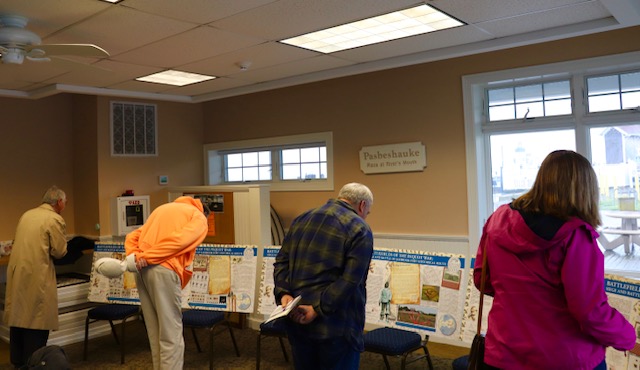
Siege and Battles of Saybrook Fort – May 12, 2019
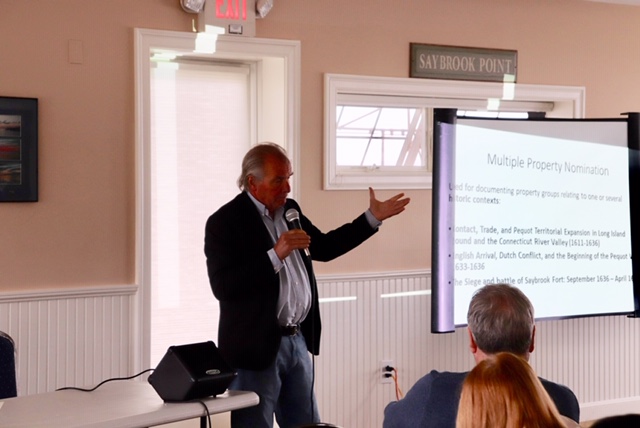
Siege and Battles of Saybrook Fort – May 12, 2019

Siege and Battles of Saybrook Fort – May 12, 2019
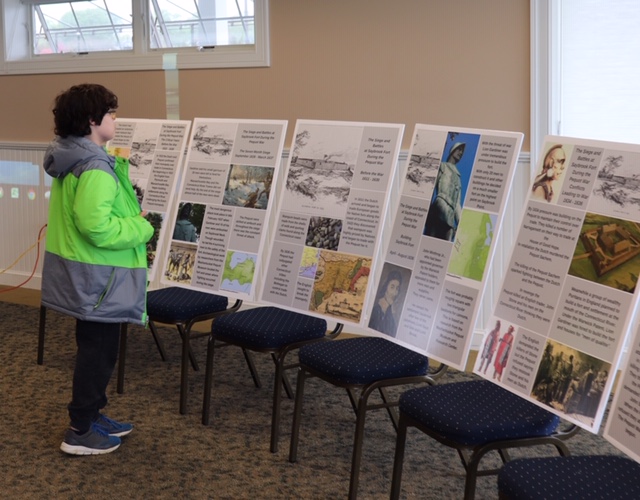
Siege and Battles of Saybrook Fort – May 12, 2019
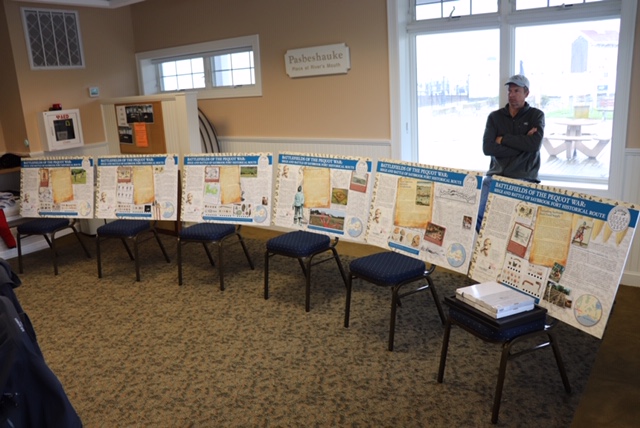
Siege and Battles of Saybrook Fort – May 12, 2019
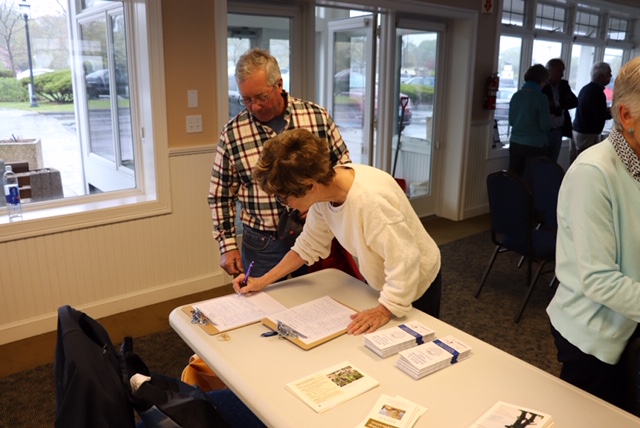
Siege and Battles of Saybrook Fort – May 12, 2019
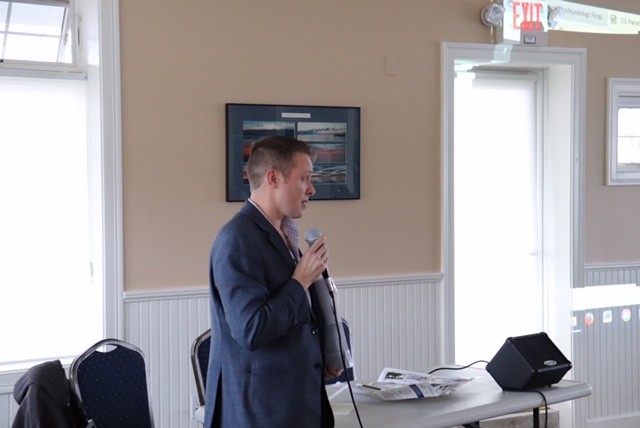
Siege and Battles of Saybrook Fort – May 12, 2019
The War at Saybrook Fort
Saybrook Fort was the first military post to be built by Europeans in the Connecticut wilderness and the area became the site for the most prolonged and intensive fighting of the Pequot War.
To increase understanding and appreciation of this important Fort site and its role in the Pequot War, the Historical Society engaged in a project supported by the American Battlefield Protection Program to develop materials and programs for educators and the general public.
Presenting these findings after a multi-year archaeological and historical study was Dr. Kevin McBride, Univ. of Connecticut archaeologist and David Naumen, military historian at the Mashantucket Pequot Museum and Research Center.
A report on these developments was presented to the public at Saybrook Point Pavilion, in the spring, 2019.
In addition, a brief report of work done to provide materials for educators was presented by James Powers, former educator and now principal of Seeking the Past -Historical Consultants.
The original Saybrook Fort was constructed in 1636-1637 and located at the highest point on Saybrook Point, not to be confused with Saybrook Fort Monument Park which was the approximate location of the second fort. The first fort was destroyed by fire in 1647.
Funding for the Saybrook Fort program came from the National Park Service, American Battlefield Protection Program. For further information about Saybrook Fort or the Society’s work, email: contact@saybrookhistory.org or call 860-395-1635.

